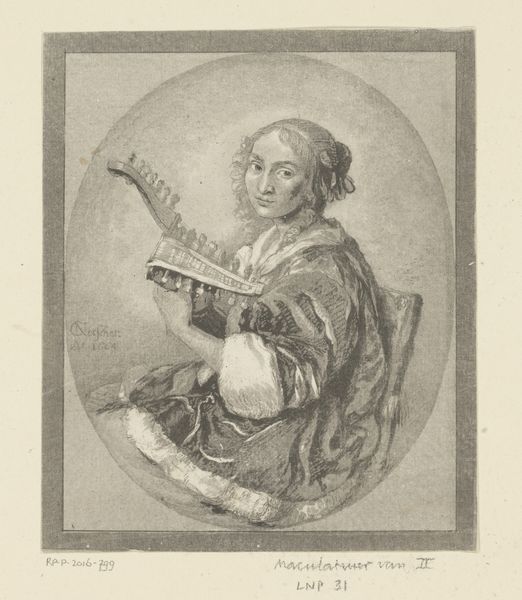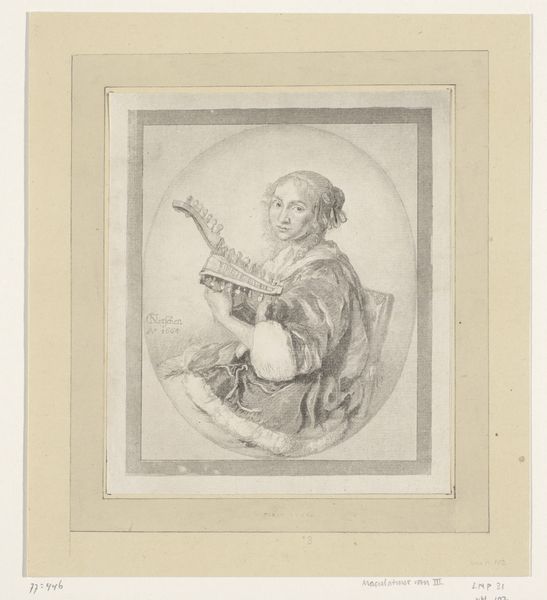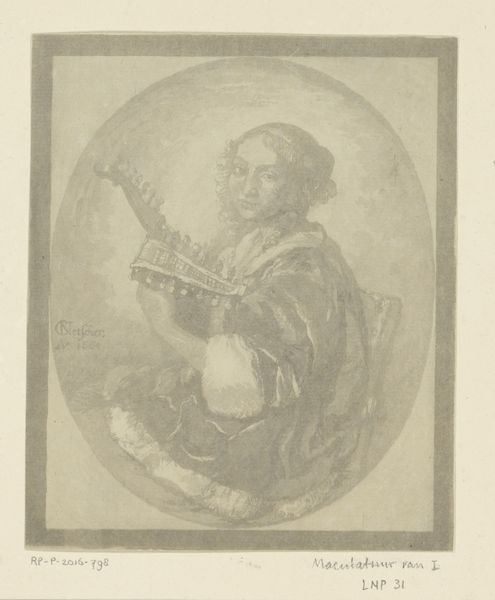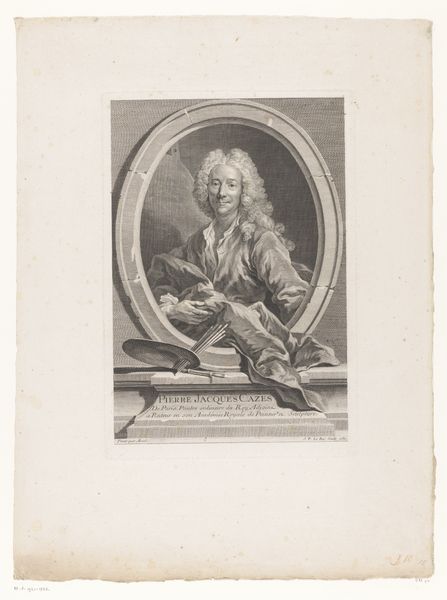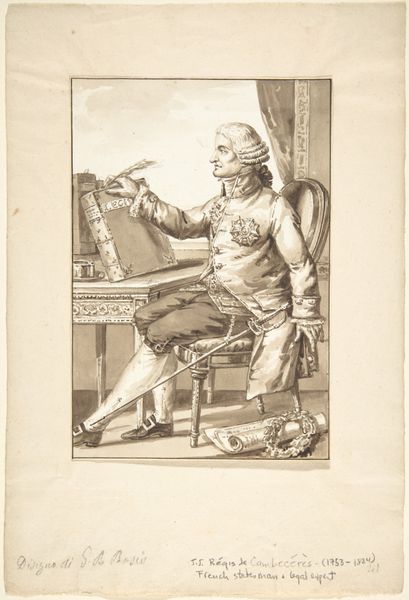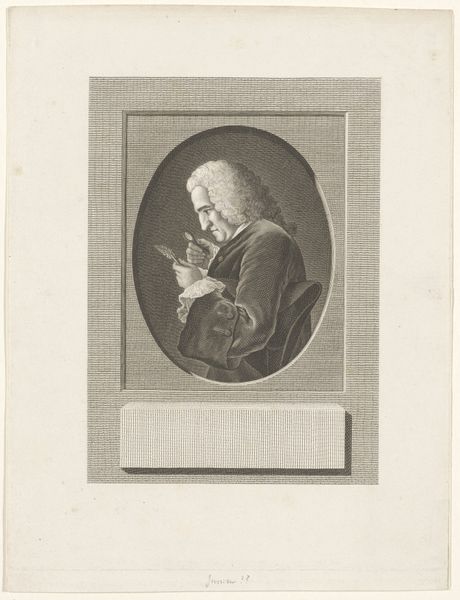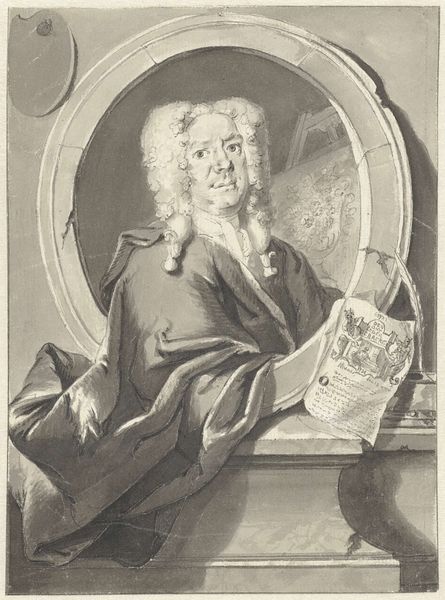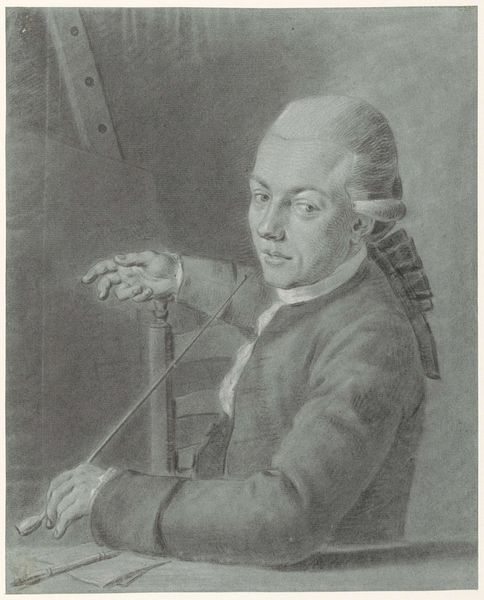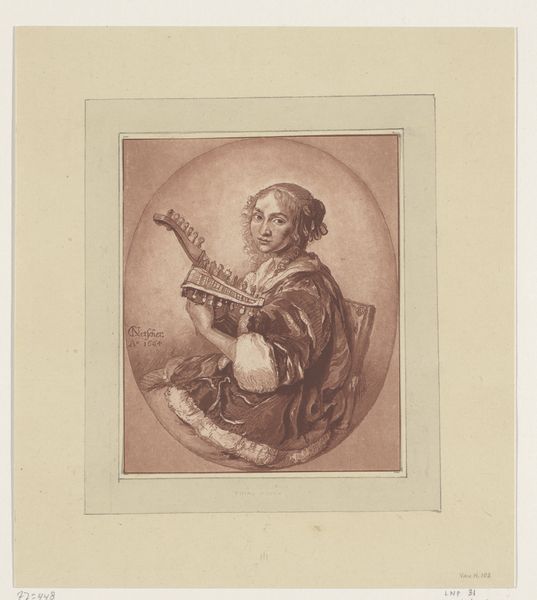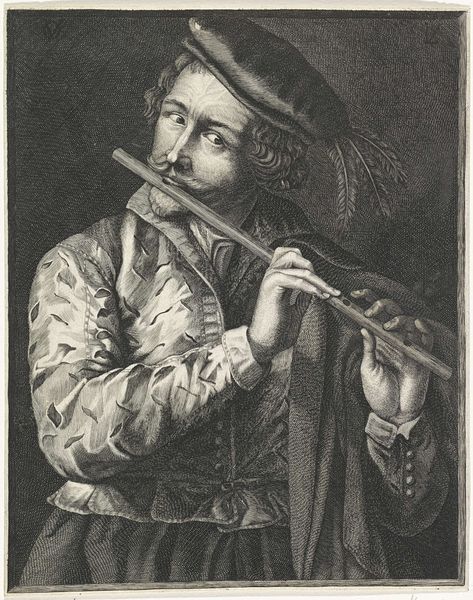
engraving
#
portrait
#
baroque
#
genre-painting
#
engraving
Dimensions: height 130 mm, width 101 mm
Copyright: Rijks Museum: Open Domain
Editor: We're looking at "Portret van Jan Snellen" from 1736, an engraving by Aert Schouman housed in the Rijksmuseum. It's striking how much detail Schouman achieved with what seems like very simple materials and tools. What can you tell me about this work, especially regarding its creation? Curator: It's easy to overlook the social dimensions of engraving, isn't it? Consider the engraver as a skilled laborer in a printing industry that distributed images widely. Each line, each tonal shift, represents hours of meticulous labor with specialized tools like burins and scrapers on copper plates. The *means* by which images are distributed matters just as much as the content. Editor: So, the engraving process itself impacts the meaning of the work? I hadn't thought about it that way. Curator: Absolutely! Think of it in contrast to painting. An engraved portrait like this would have been much more affordable and accessible than a painted one, widening the market for images and social mobility. Who could afford a portrait, and *why*? Where would it be displayed? How does it fit into the rise of the middle class in the Dutch Republic? The circulation and consumption are equally crucial to interpretation. Editor: So it’s not just about depicting Jan Snellen, but about participating in a market? How might this influence our view on high and low art at the time? Curator: Precisely. Was Schouman elevating engraving as a respectable art form, pushing against traditional hierarchies, or simply meeting a demand? The material and social context compels us to reconsider rigid categories. Furthermore, what is the material implication in relation to consumerism at this time? Editor: That gives me a whole new perspective. Thanks. I hadn’t thought so much about it as a consumer object rather than simply an artistic expression. Curator: It is both! Considering art production and labor broadens our view, challenging assumptions.
Comments
No comments
Be the first to comment and join the conversation on the ultimate creative platform.
